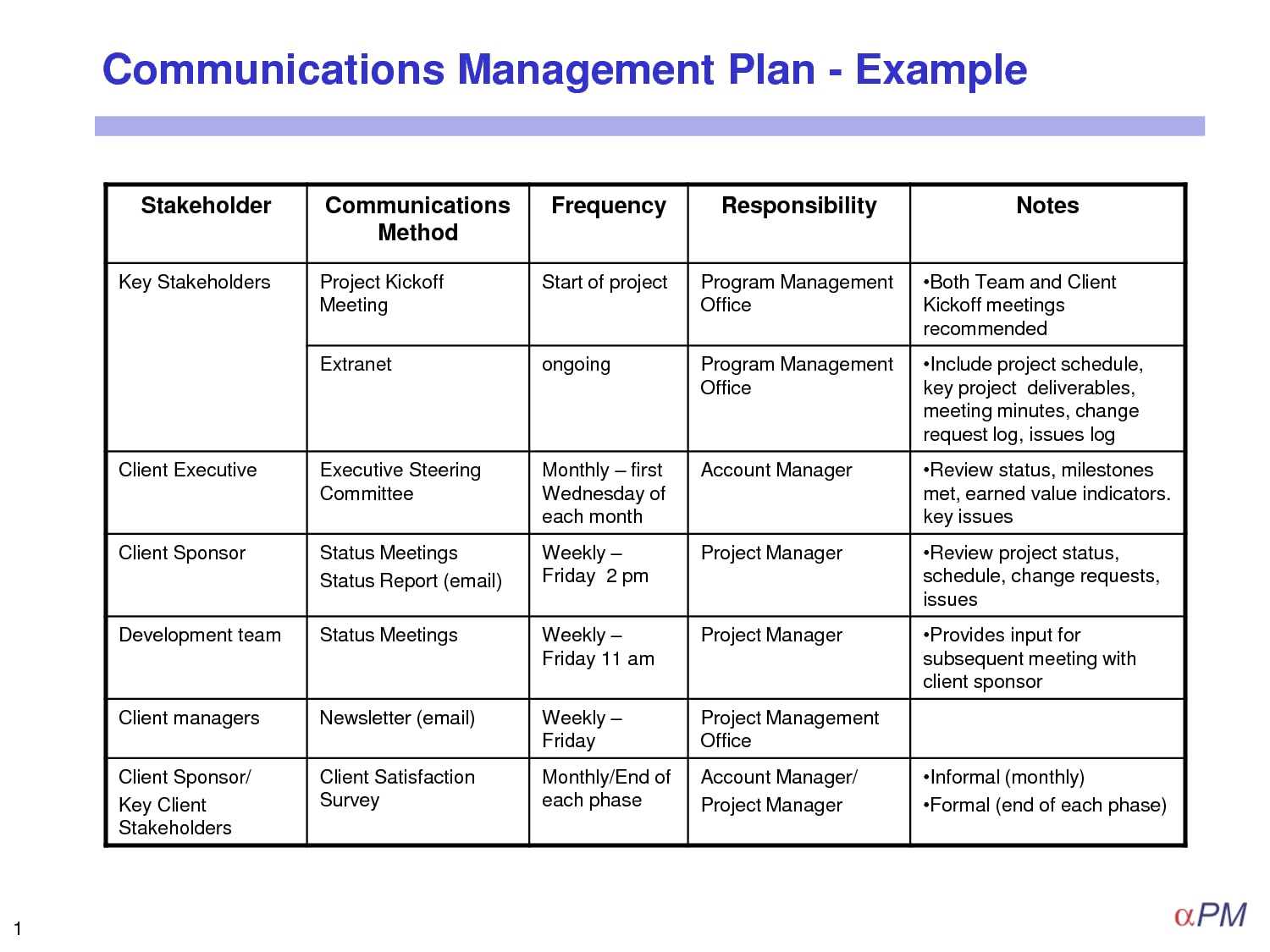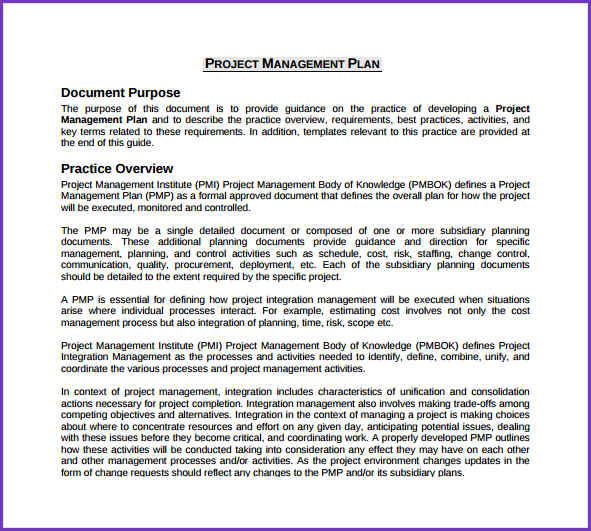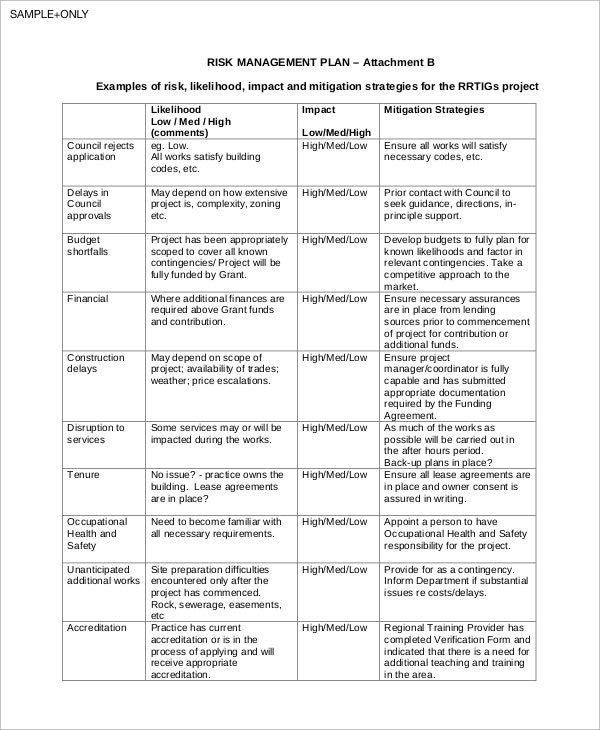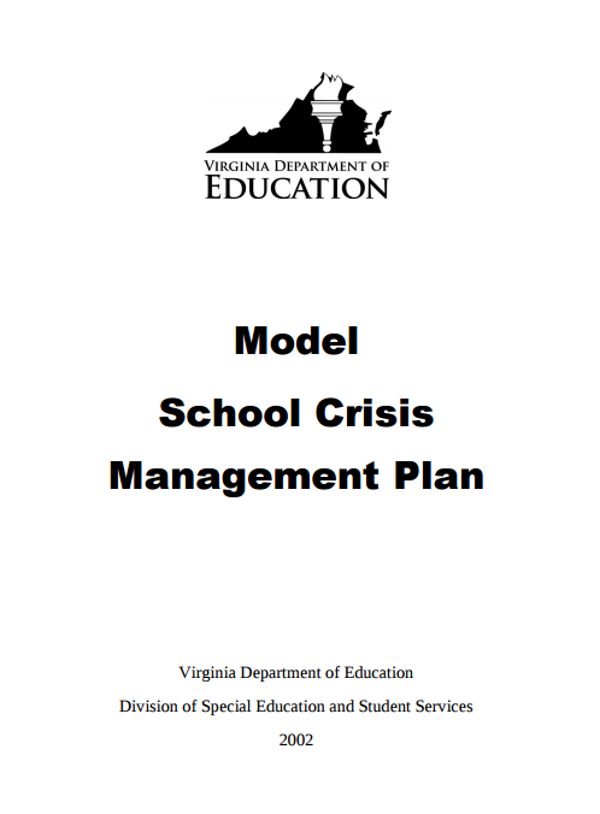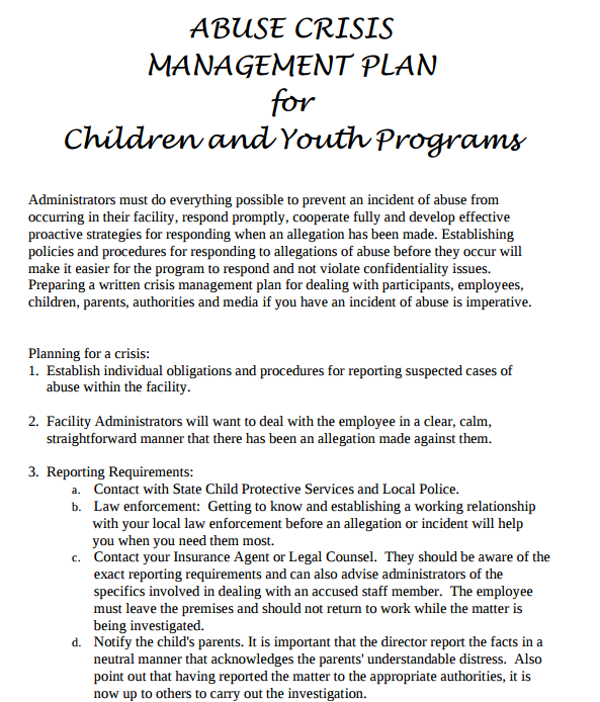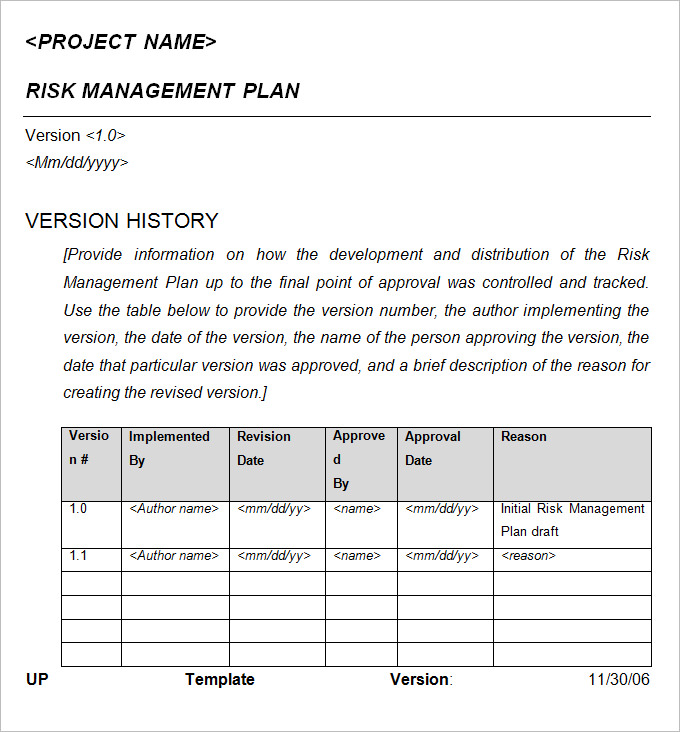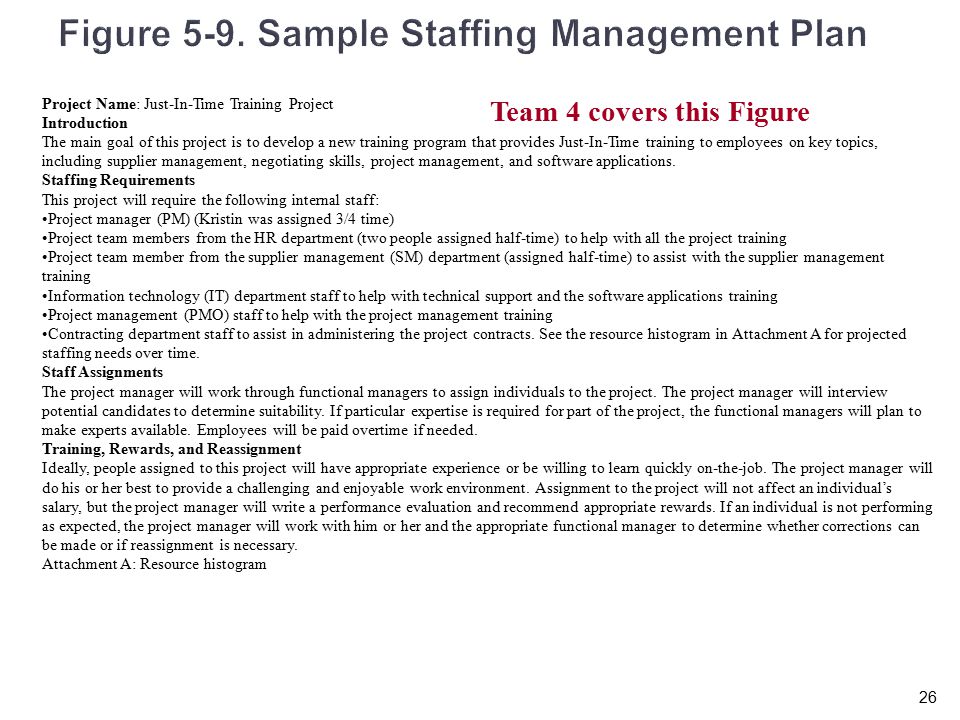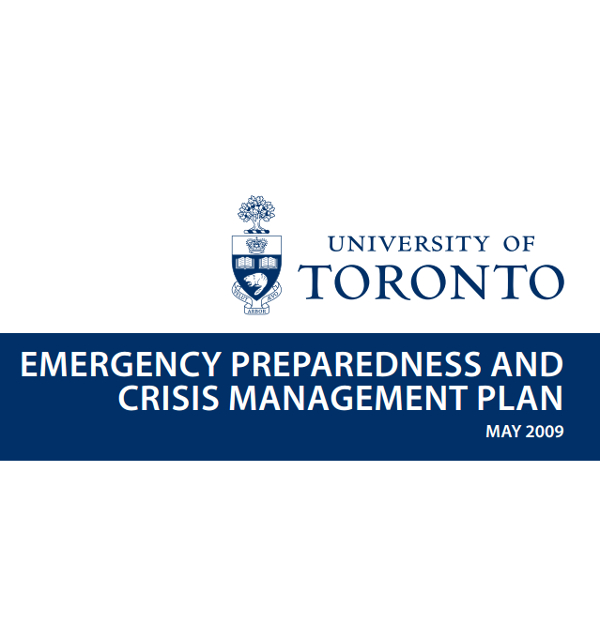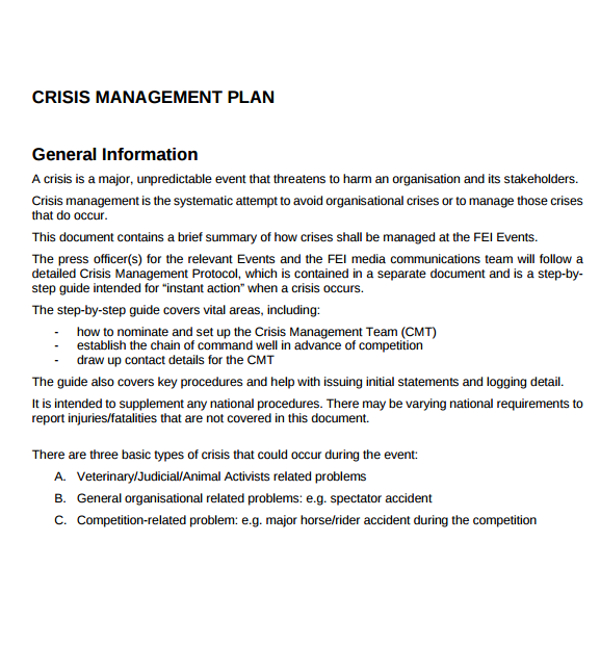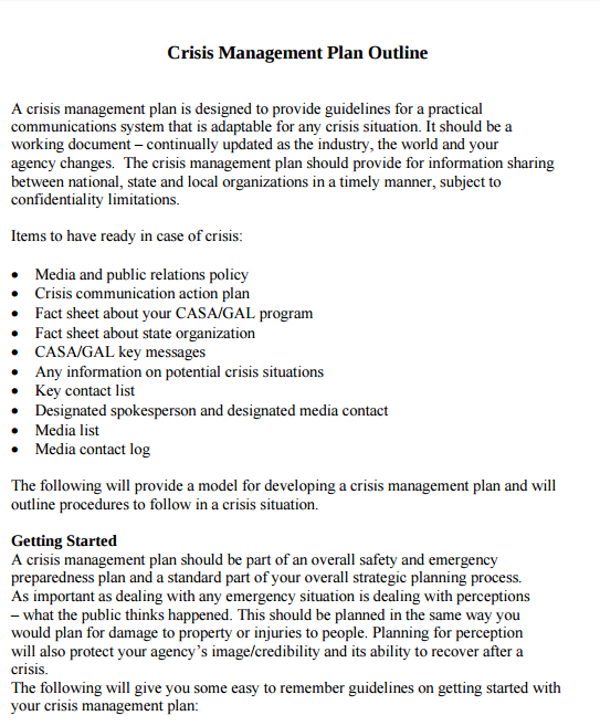13+ Crisis Management Plan Examples to Download
In a world where disaster and emergency are persistent, planning is substantial. With the global economy battling for a crisis, preparedness should come first. A detailed crisis management plan is a helpful material that will tackle effectiveness, including food safety, response, and financial steps. Crisis planning must be governed with strategic communication and fast management, whether by the government or nonprofit organizations. And for you to comprehensively stop the worst from happening and save more individuals along the run, you have to plan. Below are some examples of an emergency management plan that will help you with creating yours, too.
13+ Crisis Management Plan Examples
1. Crisis Plan Example Template
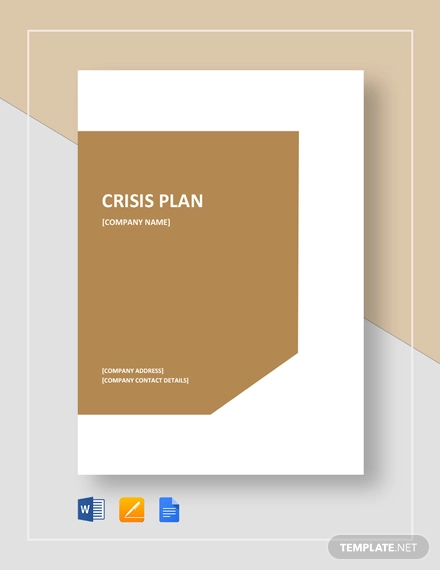
Several others have died afterwards. That was over 17 years ago. But what’s going to happen if another incident similar to that strikes again? Do you think that the company or organization might be ready for that? Well, before diving in further, let us first analyze on what a crisis is. You may also see emergency plan examples if you think this article does not seem to help.
2. Crisis Management Plan Template
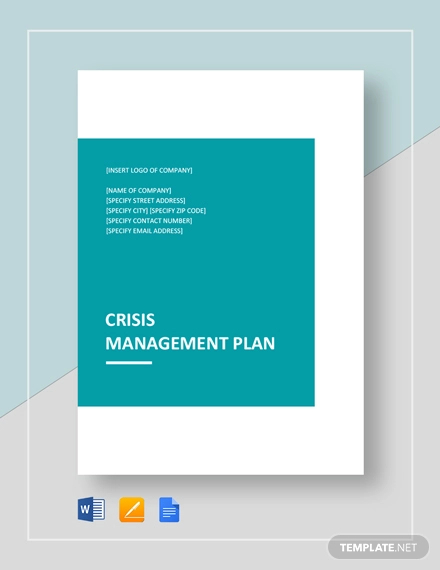
3. Restaurant Crisis Management Plan Template
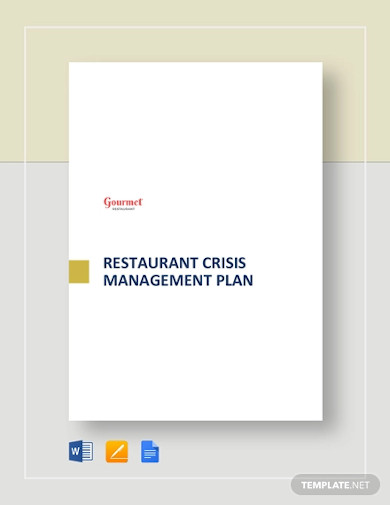
4. Project Management Communication Plan Example
5. New Risk Management Plan Example
6. Project Plan Management Example
7. New Crisis Management Plan Example
8. Model School Crisis Management Plan
9. Crisis Management Plan for Children and Youth Programs
10. Crisis Risk Management Plan Template Example
11. Staffing Management Plan Example
12. Emergency Crisis Management Plan
13. Information on Crisis Management Plan
14. Crisis Management Plan Outline
What is a Crisis Management Plan?
A Crisis Management Plan is the communications and decision-making component of an overall Business Continuity Plan (BCP). A thorough and effective, detailed and well-drafted crisis management plan facilitates rapid communication to ensure overall safety to both internal and external stakeholders. It also incorporates policies and procedures in order to perform an impact assessment, and a plan to control media interaction during an event or crisis.
On Facing a Global Crisis
The Corona virus pandemic have reached larger cities, killing more people each day. Based on the analysis released by Our World in Data, there is more than 250,000 total deaths worldwide due to Covid-19. As the world faces this crisis, the socio-economic status have dropped. Because of this planning have severe. This targeted more than a million of rapid testing around the world. Despite this, the tech, entertainment and food industry is suffering due to the lack of management planning. For this circumstance to never happen again in the future, preparation is an absolute necessity.
How To Prepare a Crisis Management Plan
With the data mentioned above, government strategic plan is necessary to bring back the socio-economic status of the world. While this can be tough for organizations, starting with a management must be prepared beforehand. In starting over, you can follow the list of steps below to help you assess in the revival of the dying economy.
1. Define the Risks
In starting with your crisis management process, it is important to undergo risk assessment. What is the crisis all about? Who are the people involve? Here, start doing research plan. Then, work with the great members from your team. Now, list all the risks and threats that needs security. After this, you can proceed to the next step.
2. Outline the Impact
With the list of threats that you gathered, it is time to determine each one if it greatly impacts. Here, you must think of a bigger picture. Does it impact the society? Will the threat affect the flow of your operation? Executing the procedure could determine potential pitfalls in the long run, such as economic downfall and increase in expenses. Value this step to avoid more problematic situation.
3. Create the Plan
Since you now have the resources you need, create the implementation plan. Don’t forget to make an action plan that is doable and measurable. As you work through it, always make sure to determine relevant requirements and time commitment. Plot them in a document that you can distribute to each party involve. This is essential for better understanding. More so, it helps in tracking progress.
4. Assign Employee Roles
In relation with the previous step, your business management plan must be clear for your employees. During the actual risky scenario, it is an advantage for specific individuals to remain vigilant and active. So, you will need to assign particular team to be responsible on specific tasks. In this manner, commotion will be avoided. It also helps in alert response.
5. Review the Plan Regularly
Submit your crisis management proposals to your management. Once it is approved, it is important to regularly check on it. It is important to keep the process updated. Or else, it will not take its effect. Check if it still works well for the organization.
FAQs
What are the phases of crisis management?
Crisis management commonly undergoes three phases. It is the pre-crisis, crisis response, and post-crisis.
What are the levels of crisis development?
The crisis poses severe trauma. In assessing these issues, development has different levels. It includes anxiety, defense behavior, risk behavior, and tension reduction.
How do you define the purpose of a crisis management plan?
The primary purpose of constructing a crisis management plan is to implement loss reduction. Aside from that, it also manages the situation in general.
During a critical situation, organizations thrive. To manage the state, it should come along with the right action. So, for you to ensure that a crisis will never happen again, it is essential to plan out what is more to come. With the list above, you can prepare your document and start with the process. This, together with your team, will have a better situation in the future.



